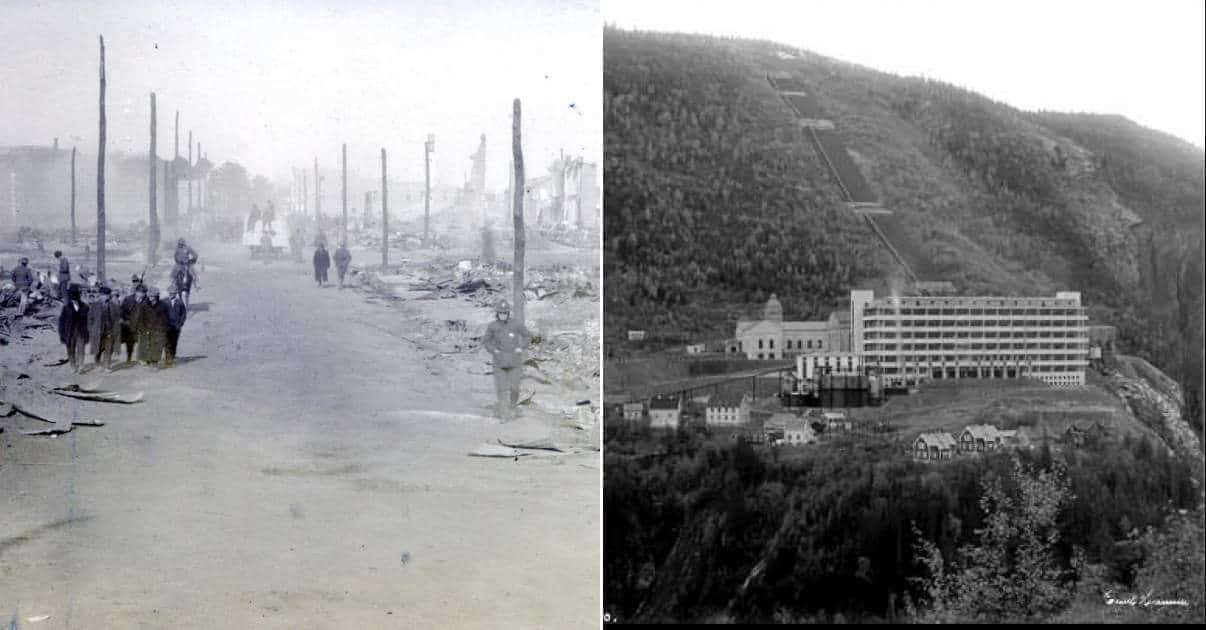The word sabotage has been apocryphally linked to the act of throwing wooden shoes – known as sabots – into machinery in order to stop its proper operation. In fact sabotage is a French word which refers to the act of treading heavily, making noise as one walks. While this would imply that sabotage is an act which generates attention such an inference is only partially true. An act of sabotage properly executed is difficult and sometimes impossible to detect, leaving behind evidence which points to accident or neglect as the likely culprit leading to the destruction of a target.
Sabotage as a weapon of war is an act which can and often does lead to the execution of its perpetrators as spies. This fact has not deterred acts of sabotage as often resorted to methods of attacking an enemy. It can be as simple as omitting certain steps in the manufacture of war materials (often resorted to by slave labor working for German arms manufacturers during the Second World War, an improperly loaded shell fired by Bismarck failed to explode, likely preventing the sinking of HMS Prince of Wales at the Battle of the Denmark Straits) or an overt, dramatic operation which leads to the open destruction of assets deemed of strategic value. Sabotage has been used outside of war operations, sometimes applied in labor or political disputes. Today, sabotage can be a product of cyberattacks, damaging infrastructure or financial operations as a means of harming ones enemy.

Here are eight known examples of the use or suspected use of sabotage as a means of striking a blow against the enemy.

